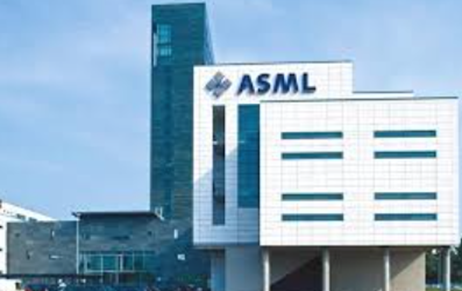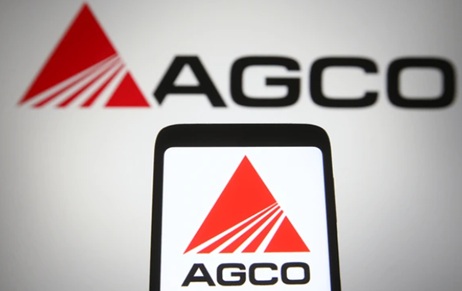Biotechnology is one of the High-Tech industry with innovation and progress in the field of…
An Article On Shamnad Basheer V. Union Of India And Ors.
It is common to witness infringement cases in the intellectual property law sector but rarely there are suits which point out to the defects in the system managing the grant and working of patents, trademarks or other intellectual property rights.
In the case of Shamnad Basheer v. Union of India and Others[1], a writ-petition was filed against the defaulting patentees as well as the Patent Office as both of them were not complying with the statutory requirements.
Facts leading to the case
Section 83 (g) of the Patents Act, 1970 clearly mentions that “patents are granted to make the benefit of the patented invention available at reasonably affordable prices to the public”.
To fulfil such an object, Section 146 of the abovementioned Act specifies that a periodical statement as to the extent to which the patented invention has been worked on a commercial scale in India has to be submitted by every patentee as well as licensee. The Controller has the power under the same section to order any patentee (or licensee) to do the same.
But the real scenario seems to be very different as was pointed out by Professor (Dr.) Shamnad Basheer (the Petitioner in the case) through a number of arguments and evidences that neither the ‘commercial working statement’ has been submitted by many Patentees nor any action is taken against them by the Controller of Patents.
Issue
- Manifest failure to comply with Section 146 of the Patents Act, 1970 as well as no action initiated under Section 122 of the same Act against the patentees who did not follow the procedure mentioned under Rule 131[2] of the Patent Rules, 2003.
- Whether information provided under section 146 of the said Act “Confidential” nature of licensees and sub-licensees.
Arguments by the Petitioner
- Annual Report (2012-13) of the Office of the Controller General of Patents, Designs, Trademarks and Geographical Indications clearly indicated that out of 43920 patents granted in the year 2012-13, only 27946 of them submitted Forms (Form-27) as required by Section 146 and Rule 131 (mentioned above). The fact that only 6201 patents out of them were found to be commercially working in the territory of India shows that neither the Patent Office nor the patentees consider following the general principles of law.
- Furthermore, the Petitioner presented a query as was raised in front of the Patent office under Right to Information Act (RTI), 2005 which was basically an inquiry as to whether any action was taken against those Patentees or licensees who did not submit the Form-27? The answer was in negative indicating that no action had been taken against the defaulters.
- An interesting point that was further raised was that when NATCO Pharma was granted compulsory license (in relation to a patent numbered 215758 o 9th March, 2012), it was ordered to report accounts of sales to the Controller on a quarterly basis, on or prior to the 15th of each succeeding month but when a query related to the same was raised before the Controller General of Patents, Designs, Trademarks and Geographical Indications on 19th January, 2015, no details were available in the concerned office.
- Furthermore, it was informed to the Petitioner by the Controller of Patents and Designs that Form-27 is filed by Patentees only and many Patentee such as M/s Telefonaktiebolaget LM Ericsson state in the column wherein they are required to furnish information regarding licensees that “As all the licenses are confidential in nature, the details pertaining to the same shall be provided under specific directions from the Patent Office.”
Court’s Order
According to the Delhi High Court the information regarding licensees (and sub-licensees) cannot be termed as confidential as all information regarding the grant of patent is already available on the website of the Patents Office and failure to disclose such information by the Patentees would mean non-compliance with the requirements of Section 146 of the Patents Act, 1970 and thus, making such patentees liable for action.
Furthermore, It is pertinent to point out that the Delhi High Court had opined on 10.01.2018 that no information that is required to be filled in Form 27 is ‘confidential’. This was negated on 07.02.2018 stating that information cannot be held ‘not confidential’ as it would be voilative of section 146.
The case has been pending in the Court since 2015 and the Court has directed the Patent Office to provide a proposed modified Form27. Few of the recommendation have also been sent by stakeholders. (read here)
Observation
The systematic failure is a topic seldom touched upon in India as already mentioned in the beginning of the article. The fact being that the internal process of an institution is not thoroughly monitored due to which the persons availing facilities get a way to skip the statutory requirements as laid down by the legislature. Hence, it has become all the more important that people should be made aware that they have certain duties related to the rights they receive from an institution and non-compliance with such duties entails action against them.
One such institution is the Patent Office(s) which grants Patent. The basic purpose of granting a Patent is not to provide exclusive rights to the Patentee over his invention but to ensure that the invention is commercialized for the welfare of the public at large. Hence, submission of ‘commercial working document’ as mandated by the Patents Act, 1970 should not be ignored either by the Patent office or by the Patentee otherwise the whole concept of grant and protection of an invention would come down to nothing.
This case was a progressive step taken to ensure that the common man as well as the institutions understand their responsibility in a field (that is, Intellectual Property Rights) which is in its budding stage in India.
Author: Priya, intern at Khurana & Khurana, Advocates and IP Attorneys. In case of any queries please contact/write back to us at swapnils@khuranaandkhurana.com.
References:
[1] W.P.(C) 5590/2015.
[2] Form and manner in which statements required under Section 146(2) to be furnished.



